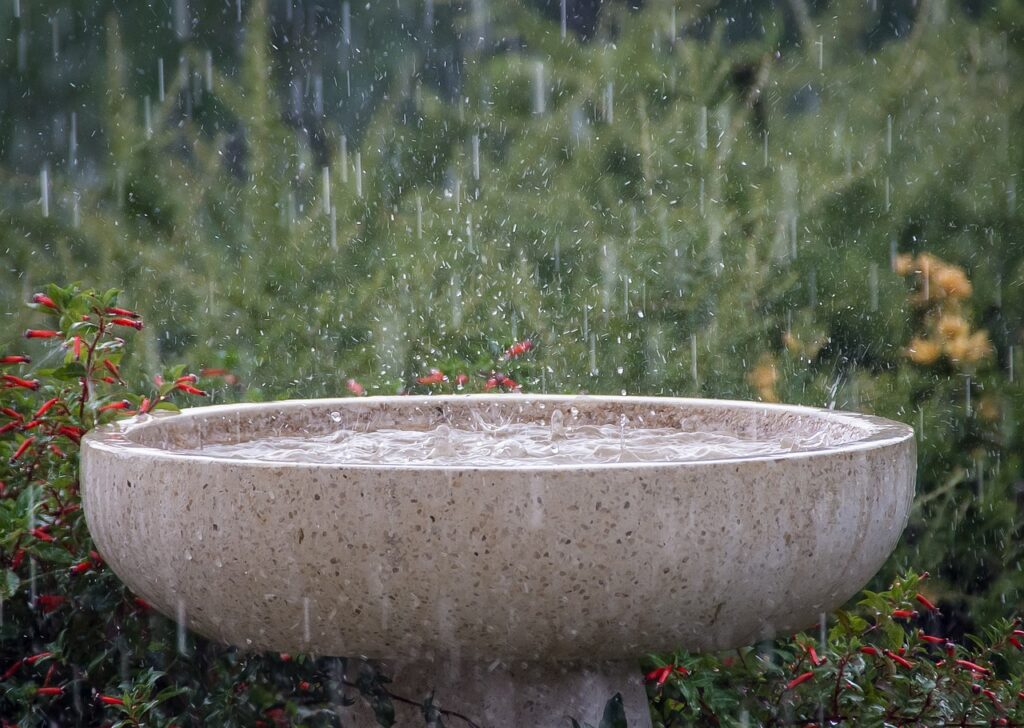Weather Patterns: Average Annual Rainfall Memphis, Tn

Memphis, Tennessee, is a vibrant city known for its rich cultural heritage, soulful music, and mouthwatering barbecue. However, beneath the lively streets and historic landmarks lies a climate shaped by geographical factors, including the Mississippi River and the Gulf of Mexico. One of the crucial elements of this climate is the annual rainfall, a factor that affects everything from agriculture and gardening to infrastructure and outdoor activities.
In this article, we will explore the average annual rainfall in Memphis, its seasonal variations, the factors influencing precipitation, and the importance of this weather data for both residents and visitors.
Average Annual Rainfall in Memphis
Memphis enjoys a humid subtropical climate, which typically includes hot, humid summers and mild, relatively wet winters. The average annual rainfall in Memphis is approximately 53 inches (135 centimeters). Like many regions, this is an average figure, and the actual rainfall can fluctuate from year to year.
Seasonal Variations

- Summer (June to August): Memphis experiences its wettest period during the summer months. June, July, and August often see heavy rainfall, with thunderstorms being a common occurrence. Monthly rainfall totals during this season can surpass 4 inches (10 centimeters).
- Fall (September to November): As summer transitions into fall, the amount of rainfall begins to decrease. September and October typically receive moderate rainfall, while November tends to be drier.
- Winter (December to February): Winter in Memphis is relatively mild compared to many other parts of the United States. Rainfall during this season is lower, with monthly averages around 3-4 inches (7.6-10 centimeters).
- Spring (March to May): Spring is characterized by increasing rainfall, especially in April and May. These months see more frequent showers and thunderstorms as the region transitions to warmer temperatures.
Factors Affecting Precipitation
Several factors contribute to the annual rainfall patterns in Memphis:
- Mississippi River Influence: The proximity of Memphis to the Mississippi River can influence weather patterns. The river can bring moisture into the region, contributing to higher rainfall totals.
- Gulf of Mexico: Memphis is not far from the Gulf of Mexico, which can also influence its climate. Warm, moist air from the Gulf can interact with weather systems, leading to increased rainfall, particularly during the summer months.
- Topography: The city’s topography, including its elevation and proximity to bodies of water, can affect local weather patterns and precipitation.
Significance for Residents and Visitors
Understanding the average annual rainfall in Memphis holds significance for both residents and visitors:

- Water Management: Residents need to plan for seasonal variations in rainfall when managing their water resources, including lawn care, gardening, and drainage.
- Agriculture: Farmers rely on rainfall data to plan planting and harvesting seasons and to determine irrigation needs.
- Infrastructure Planning: City planners and engineers use rainfall data to design drainage systems and manage stormwater runoff, helping mitigate flooding risks.
- Outdoor Activities: Visitors to Memphis can better plan their outdoor activities by considering seasonal rainfall patterns, especially during the summer when afternoon thunderstorms are common.
A Closer Look at Annual Rainfall in Memphis, TN
Observing annual rainfall in Memphis, Tennessee, gives treasured insights into the city’s climate and weather patterns. Memphis, positioned in the southeastern United States, has moist subtropical weather, which means it has hot and humid summers and mild winters. The common annual rainfall in Memphis commonly hovers around 53 inches, with precipitation pretty evenly distributed throughout the 12 months.
Summers have a tendency to be wetter due to thunderstorms and tropical structures, while the winter months see much less rainfall. This record is important for both residents and agencies because it helps with making plans for outside activities, dealing with water assets, and providing information on the ability for climate-related disruptions. A deeper examination of annual rainfall in Memphis can also shed light on broader climate trends and the effect of weather exchange within the region, making it a subject of interest for researchers and policymakers alike.
A Detailed Look at Annual Rainfall in Memphis, TN
“Weather Watch: A Detailed Look at Annual Rainfall in Memphis, TN” gives a comprehensive analysis of the metropolis’s meteorological data and precipitation developments. Memphis, situated within the southeastern United States, experiences moist subtropical weather characterized by warm, muggy summers and moderate, extraordinarily dry winters. The annual rainfall in Memphis, which usually averages around 53 inches, plays a critical role in shaping the region’s surroundings, water sources, and day-to-day lifestyles.
By intently analyzing the distribution of rainfall throughout the 12 months and its variability, this report no longer only aids citizens and local agencies in making knowledgeable choices but additionally contributes to a broader understanding of local weather dynamics and the implications of weather changes. In essence, “Weather Watch” serves as a precious resource for all those eager to decode the meteorological intricacies that impact day-to-day life in Memphis, TN.
Wet and Dry Seasons: Examining Annual Rainfall in Memphis, TN
“Wet and Dry Seasons: Examining Annual Rainfall in Memphis, TN” delves into the captivating seasonal versions that form the precipitation patterns of this colorful metropolis. Memphis, located inside the southeastern United States, has a distinct division among its moist and dry seasons, which has a profound impact on its climate and environment. The common annual rainfall, averaging around 53 inches, showcases a moist season in the course of the summer months, characterized by thunderstorms and occasional tropical climate structures.
Conversely, the town has a drier period throughout the winter. By intently analyzing these seasonal shifts in rainfall, this exploration not only presents valuable information for residents and neighborhood authorities for handling water resources and flood dangers but additionally highlights the complex interplay among weather patterns and the precise weather conditions and way of life in Memphis, TN.
Conclusion
The average annual rainfall in Memphis, Tennessee, is a key component of the city’s climate, characterized by humid subtropical conditions with distinct wet and dry seasons. Understanding these rainfall patterns is essential for effective water management, agriculture, infrastructure planning, and ensuring an enjoyable experience for both residents and visitors in the culturally rich city of Memphis. Whether you’re a local or a tourist, appreciating the role of rainfall in shaping the city’s environment adds another layer of understanding and appreciation for this vibrant metropolis on the banks of the Mississippi River.